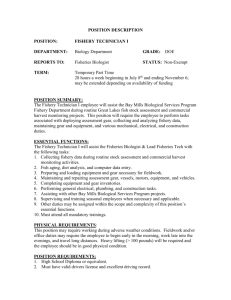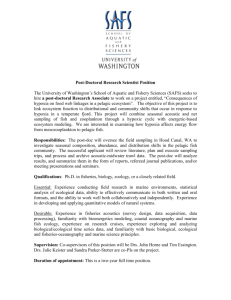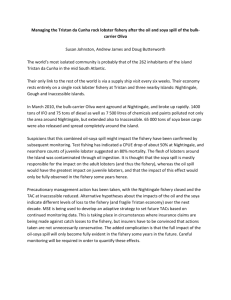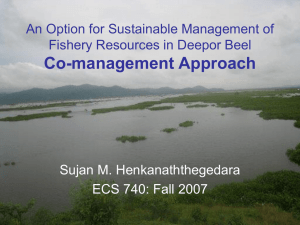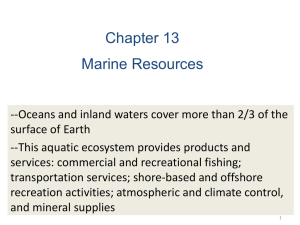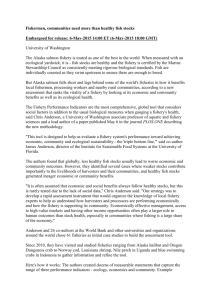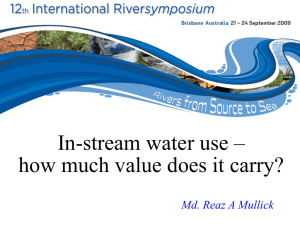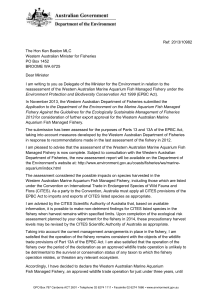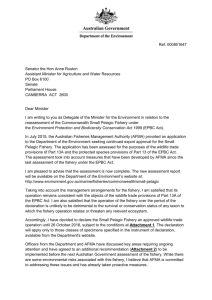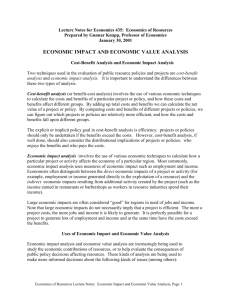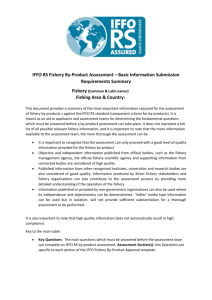Greener than Thou: MSC, developing countries and the
advertisement
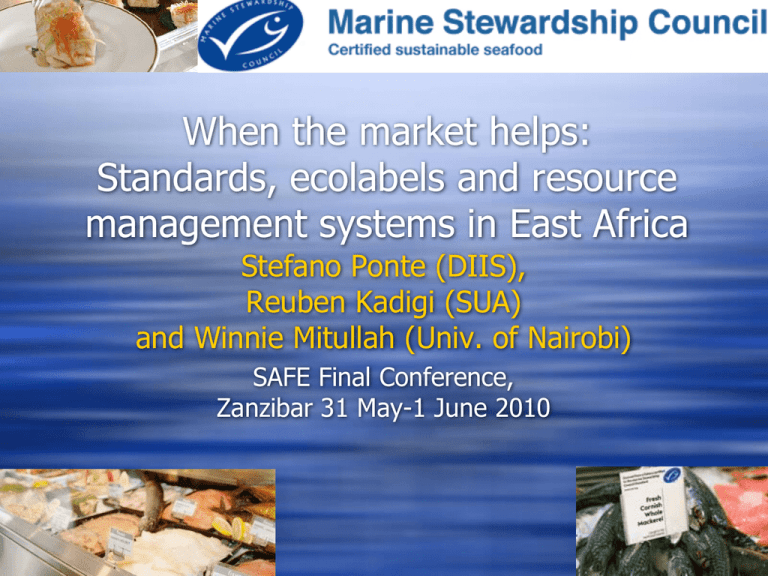
When the market helps: Standards, ecolabels and resource management systems in East Africa Stefano Ponte (DIIS), Reuben Kadigi (SUA) and Winnie Mitullah (Univ. of Nairobi) SAFE Final Conference, Zanzibar 31 May-1 June 2010 Objective of the paper Examine the role that standards and management practices play in maintaining a rewarding and sustainable export fish industry in East Africa Two steps: Maintaining access to EU markets by complying with food safety standards Application of regulations, stndards, ecolabels and fishery management systems to ensure the sustainability of the resource Complying with food safety standards 1 EU food safety regulation on imports of fish Application of EU rules in fish exporting countries Bans of late 1990s Upgrading of factories, new SOPs, clearer CA roles EU inspections in 2000 – green light Complying with food safety standards 2 EU follow up inspection in 2006 Fine-tuning of regulations and SOPs Lack of upstream controls (on the lake) Landings for export only in approved sites (Tanzania) Sustainability and fishery management systems 1 Traditional ’rule and punish systems’ Fish/net size regulation for Nile perch: 6 in. net min size; 20 in. fish min size juvenile fish illegal to trade it even in local market In practice: difficult to monitor/control Top-down punitive measures do not work in the long term Sustainability and fishery management systems 2 Changes in demand – ’the market helps’ Self-regulation (NEW!) Fish processors (started in Ug, extended to Tz and K) Do not buy NP under regulatory size Own inspection unit (self-financed) CAs impose sanctions (closure of plants) Motivations: Market vs. Sustainability Does it work beyond the landing site? Motivations, incentives, ’blame’ Alternative markets for juvenile fish (DRC, Sudan) Sustainability and fishery management systems 3 Community involvement in fishery management Beach Management Units (BMUs) More awareness on sustainability issues Lack of resources and incentives Difficult to confiscate gear Need to address constraints under which fishers operate Net swaps, not military operations Ecolabelling Market-based initiatives that seek to address the challenges of fish stock management Ecolabels Pocket guides & advisory lists Procurement guidelines Role of NGOs in promoting these Marine Stewardship Council (MSC) Main features of MSC Chain of custody Logo Certification against 3 principles Status of stock Impact of fishery on the ecosystem Performance of the fishery management system Assessment and re-assessment process MSC and developing countries Only few developing country fisheries (DCFs) Lack of initial involvement with DCFs As of 2006, 3 DCFs certified, all in upper-middle income countries (incl SA hake) + 2 under assessment 2010: still only 3 (of which one in a low-income country) certified and 5 under assessment Ecolabelling initiatives on Lake Victoria 1 Pre-assessment for MSC To counteract negative images of the industry (e.g. Darwin’s nightmare) To encourage more active government engagement in sustainability To stimulate value addition Unlikely to lead to full assessment Naturland certification (Tanzania) Kyoga Wild (Uganda) Ecolabelling initiatives on Lake Victoria 2 Issues Collective vs individual initiatives Environmental and certification outcomes vs. Stimulating focus on sustainable management Ecolabelling as ’market risk-management’ Conclusions Food safety problems for the most part fixed Sustainable fishery management Keep supporting the self-monitoring system Clarifying and revising the role of BMUs + appropriate financing Net swaps Limited role for ecolabelling

